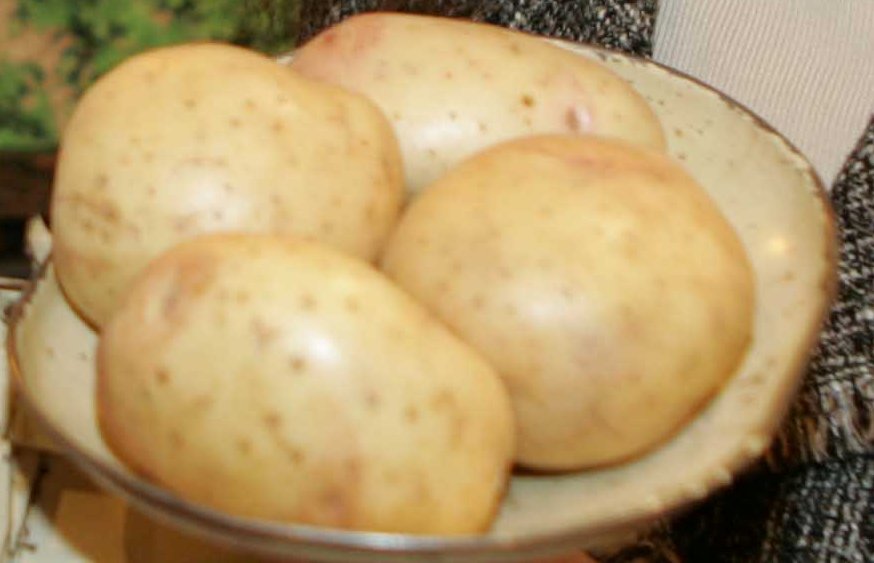Back in February 2012 Teagasc applied to the Environmental Protection Agency (EPA) for a licence to undertake a series of field studies using genetically modified (GM) potatoes resistant to potato late blight disease. The work should determine the potential impact this technology could have on our ecosystems.
As part of the 22-partner AMIGA (Assessing and Monitoring the Impacts of Genetically modified plants on Agro-ecosystems) consortium that represents 15 EU countries and is funded through the EU’s Framework 7 research programme, Teagasc proposed to carry out the research over a four-year period. The work is now ongoing at the Teagasc Crops Research Centre in Oak Park, Carlow.
Research confirms that GM late blight resistant potatoes have the potential to significantly reduce the fungicide load on the environment and hence provide an economic advantage to farmers.
The Teagasc research will investigate whether there are long-term impacts associated with this specific GM crop and, critically, gauge how the late blight disease itself responds. Significantly, this is not just a question being asked in Ireland: the same issues are arising across Europe.
Following the completion of the first full year of trials, Teagasc has released the following statement to AgriLand.
“The objectives of the study for 2013 were completed on time and due to the mild and damp August and September, a blight epidemic took hold on the non-GM variety in early September. As a result, they quickly succumbed, which was in contrast to the GM variety that maintained its resistance in the absence of any fungicide treatment. This was also the case for the other conventional variety in the study, Sarpo Mira.
“During the season, the site at Oak Park was used by research collaborators in the AMIGA consortium to study the impact of potato management strategies on above ground insect populations and to gauge the impact of each variety and management system on soil biodiversity.
“From a Teagasc perspective, the provision of blight disease onto the site, enabled the sampling of blight strains that will undergo more in depth molecular analyses over the coming months. All tubers harvested from the site have been destroyed in accordance with EPA regulations and preparations are under way for the 2014 season.
“The site was a source of important discussion over the 2013 season with more than 1,000 people visiting Oak Park to see and hear about the research from Teagasc staff.“
